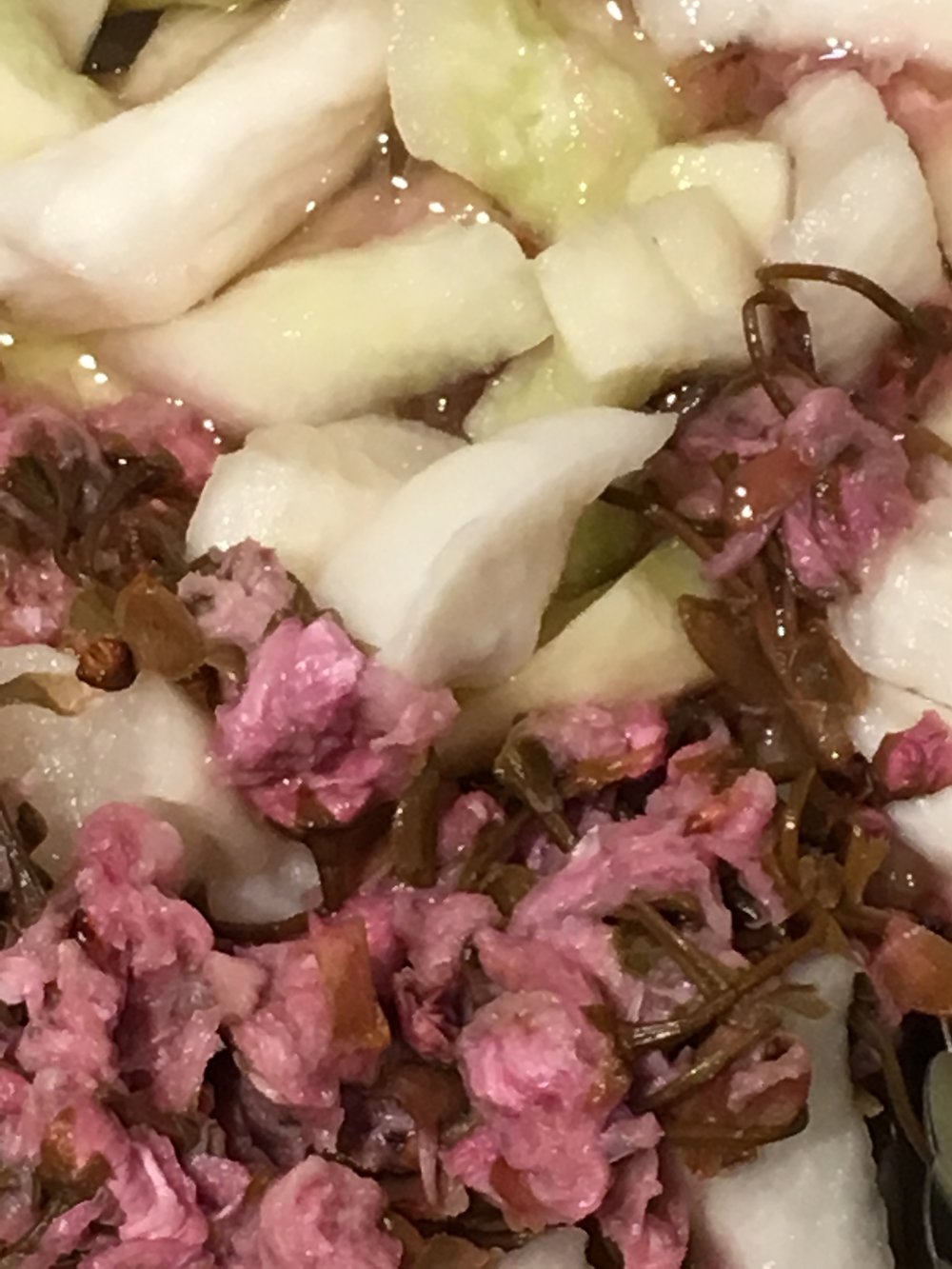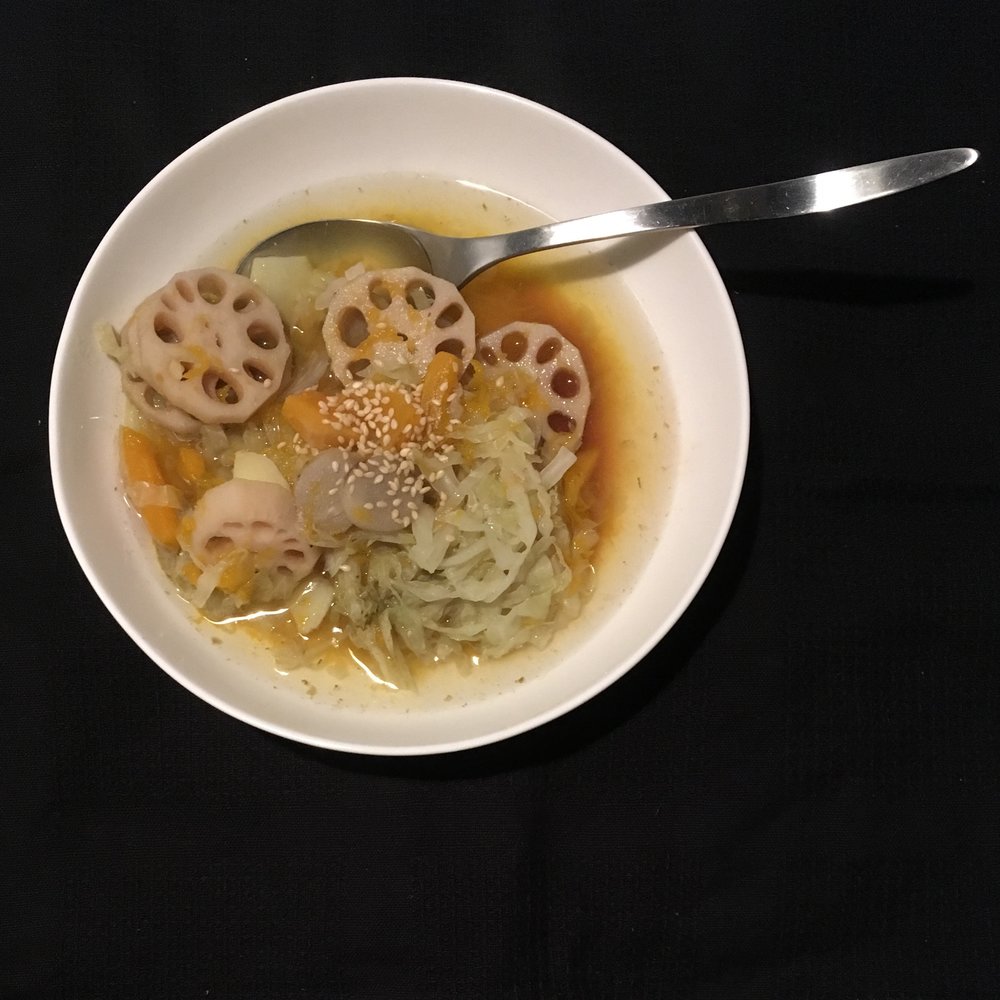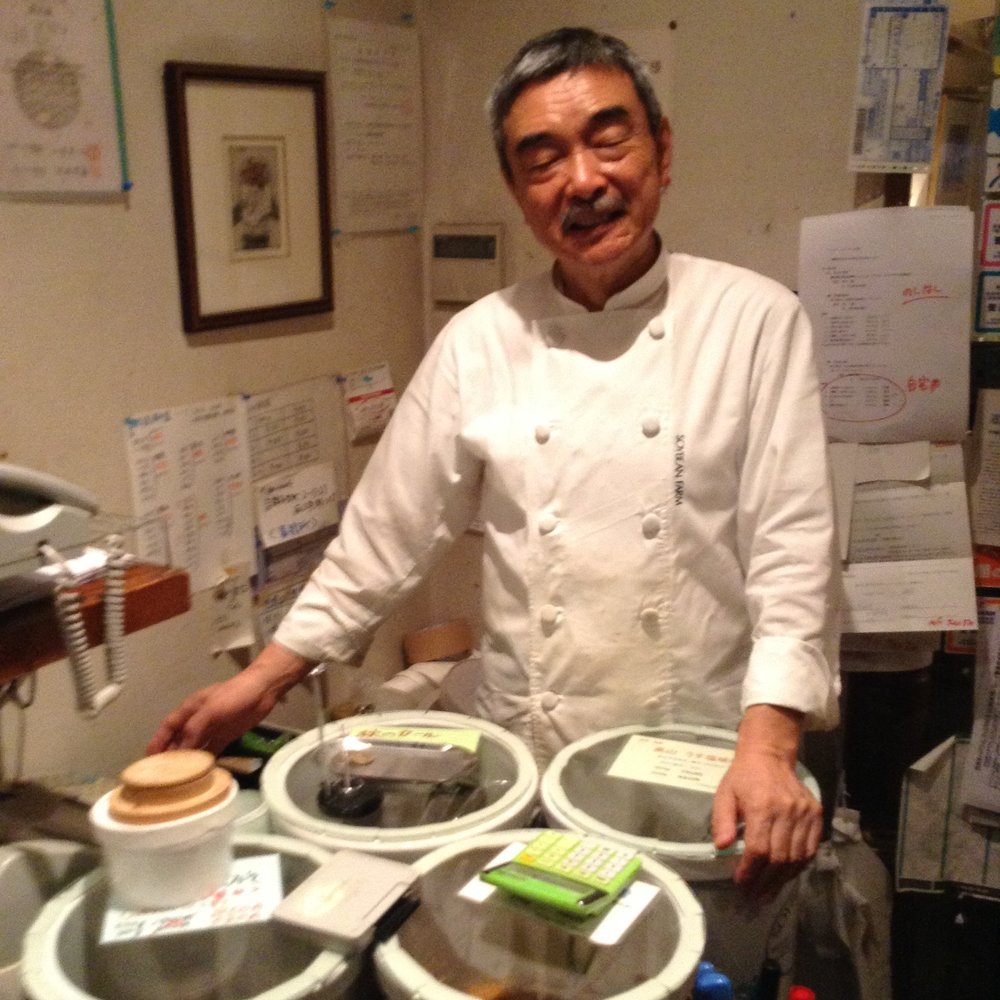I often go to shop at Mitsukoshi Nihonbashi because it is the closest department store from our place and it offers some really amazing services that I hve never found somewhere else: an excellent antic jewelry repair corner, a fur reform service, a nice shoe repair center, a huge corner for patisserie and bread making, with organic flours, fresh yeast… and of course, some Italian products and European products. I don’t use often the fresh products corner, but they have some nice fishes and vegetables. And only once in a while I shop there for prepared food. When we have visitors from Europe and we don’t want to eat out, but I am too busy with work to prepare a proper Japanese dinner, I like to go shopping there. First for the gyoza… the shiso and seaweed gyoza are just super delicious. They have a beautiful choice of seasonal food with pickles, tofu, crackers, and sweets. Going there with your foreign visitors you can be sure they will enjoy it and be amazed. The fact also that you can taste many of the products is really perfect. And during weekdays it is not even crowded. They often have exhibitions of Japanese craft related to fashion in the big lobby. This time, with my parents that freshly arrived in town, I knew that Mitsukoshi would be a great place to go for a walk, in particular on a rainy day. They love gyoza and it is almost a tradition now that the day they arrive in Tokyo we have gyoza for dinner at home. But this time we bought much more than just gyoza!!!! Sakura daikon pickles, rice crackers, yuzu mochi… A real shopping spree! All more delicious than the other!
Mitsukoshi Nihonbashi – 三越日本橋 :


















